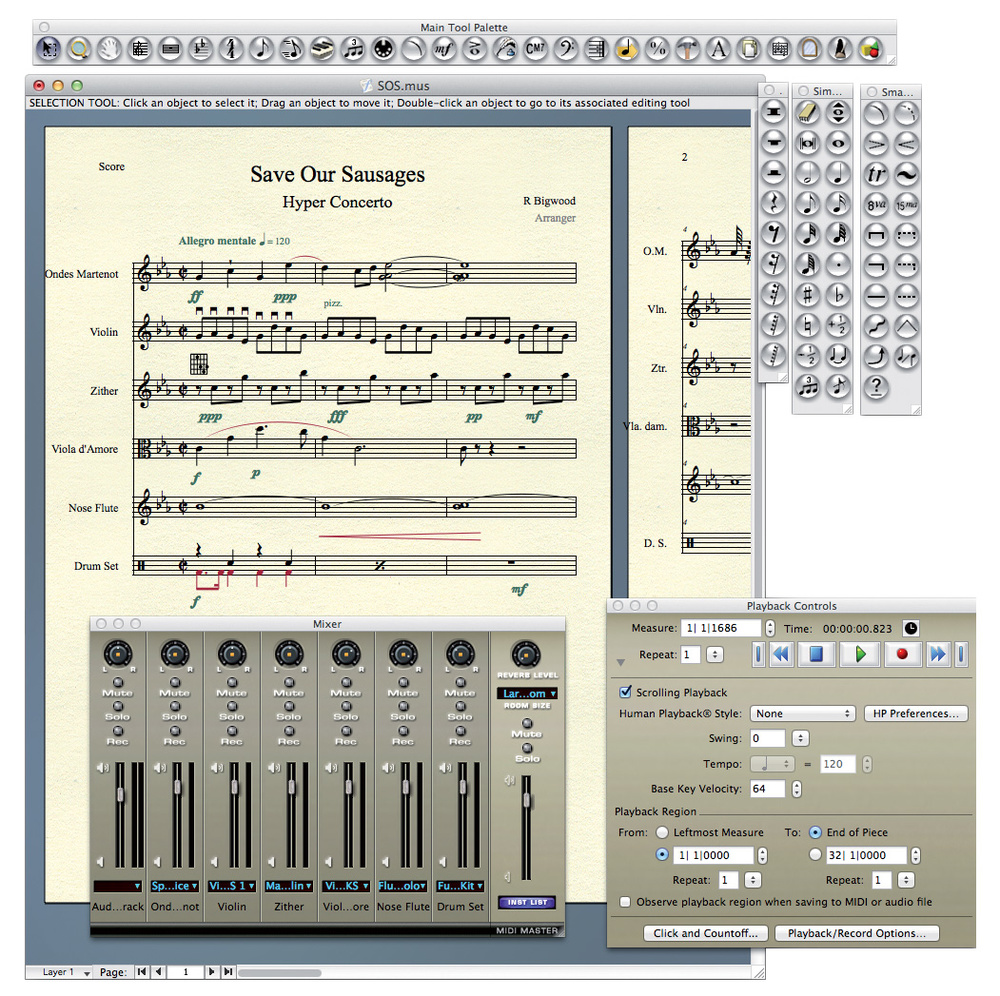

What some devices do/did is take advantage of the fact that the 5 'loads' of 100 mA per load / total of 500mA was only a recommendation initially in USB 1.1 and the prelim 2.0 specs. as to what's going on by one of the Motu techs. However, this is what was explained to me. The real cheap USB2 to Midi cord/cable type interfaces being a good example of a USB2 device that can act very erratically at times causing midi errors, missed or doubled midi data and other forms of instability. with some cheap USB2 devices demonstrating all kinds of weird issues or not functioning at all in severe cases. which is why these cheaper devices are usually more affected by this issue than the more expensive/well designed devices that can be updated. or that contains firmware that can be updated to modify the amount of power needed from the port 🙂Ĭheaper USB2 devices typically don't allow for firmware/driver changes. buy gear that was correctly designed in the first place. that they can no longer draw from the USB3 port. so the powered hub provides that extra power these devices need. The solution, as you have discovered, is usually to connect the USB2 device to a powered USB2 hub and then connect the hub to the USB3 port. and there may be other reasons related to these changes that are not as clear cut and may not just be related to restricting power outputs/usage. in order to remain within the formal USB3 specs.
Finale 2014 no sound drivers#
There may have also been changes in the drivers and firmware for OS X, Win 8.x and their respective hardware to restrict the power provided by USB3 ports. that they took advantage of when plugged into the older USB2 ports. because there isn't that extra power to draw upon. This is why some USB2 devices, when plugged into USB3 ports, especially on Laptops. USB3 ports don't have the 'extra' power available as the formal specs for USB3 were "tightened up" mainly so USB3 ports didn't place a larger than needed drain on battery powered computers. It's the fact that Designers of some USB2 devices, designed their gear (or used off the shelf chipsets inside these devices that were designed.) to take advantage of some extra power available via a USB2 port that was above the stated/recommended levels detailed in the formal USB2 specs. than your USB2 device needs.ĭetailed Answer: Actually, it's really not that simple and its not really the fault of the makers of these computers (because its not just Macs but certain PCs too) that demonstrate this well documented issue.

Quick Answer: Its the USB3 port on your new computer, that provides less power.


 0 kommentar(er)
0 kommentar(er)
